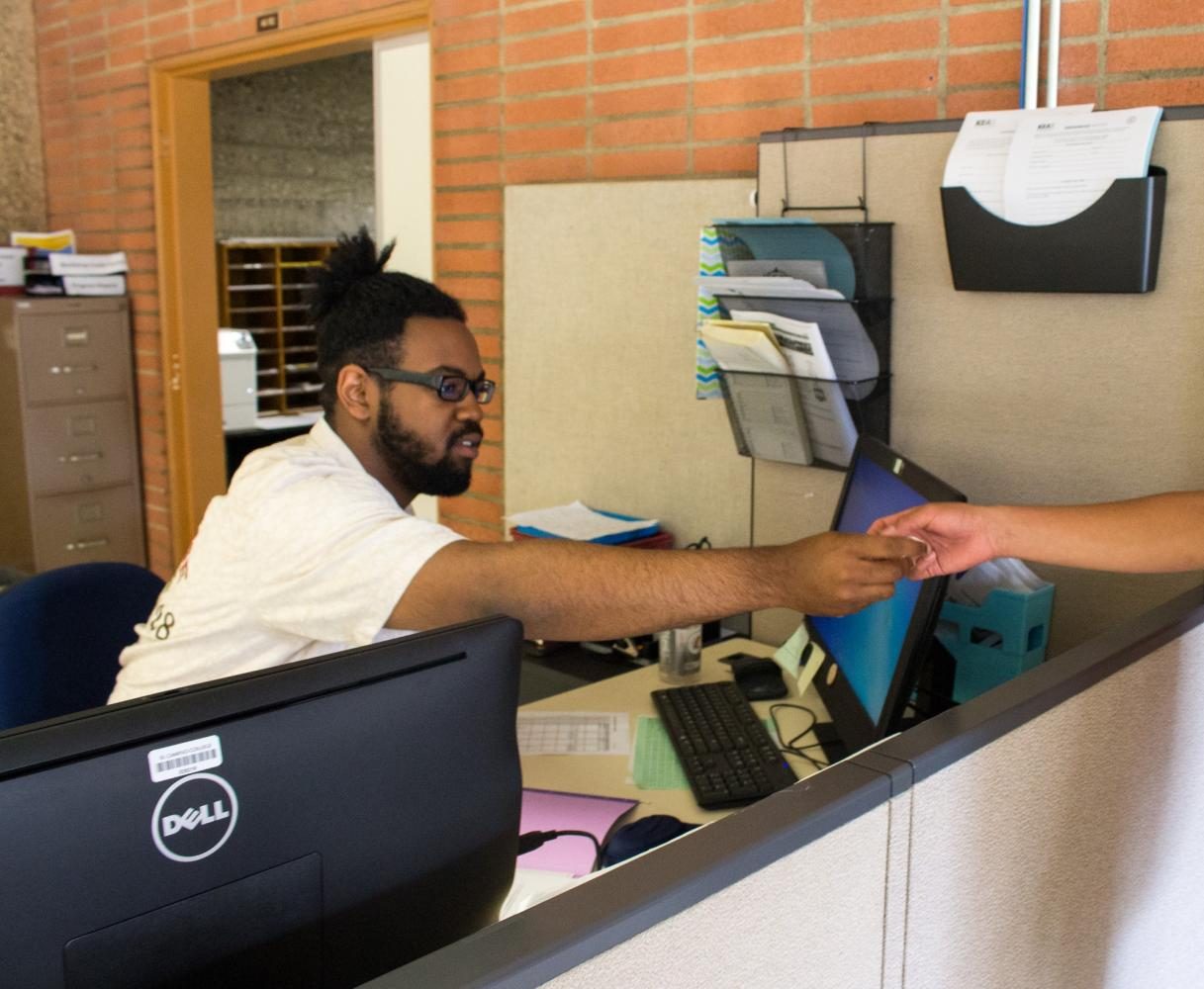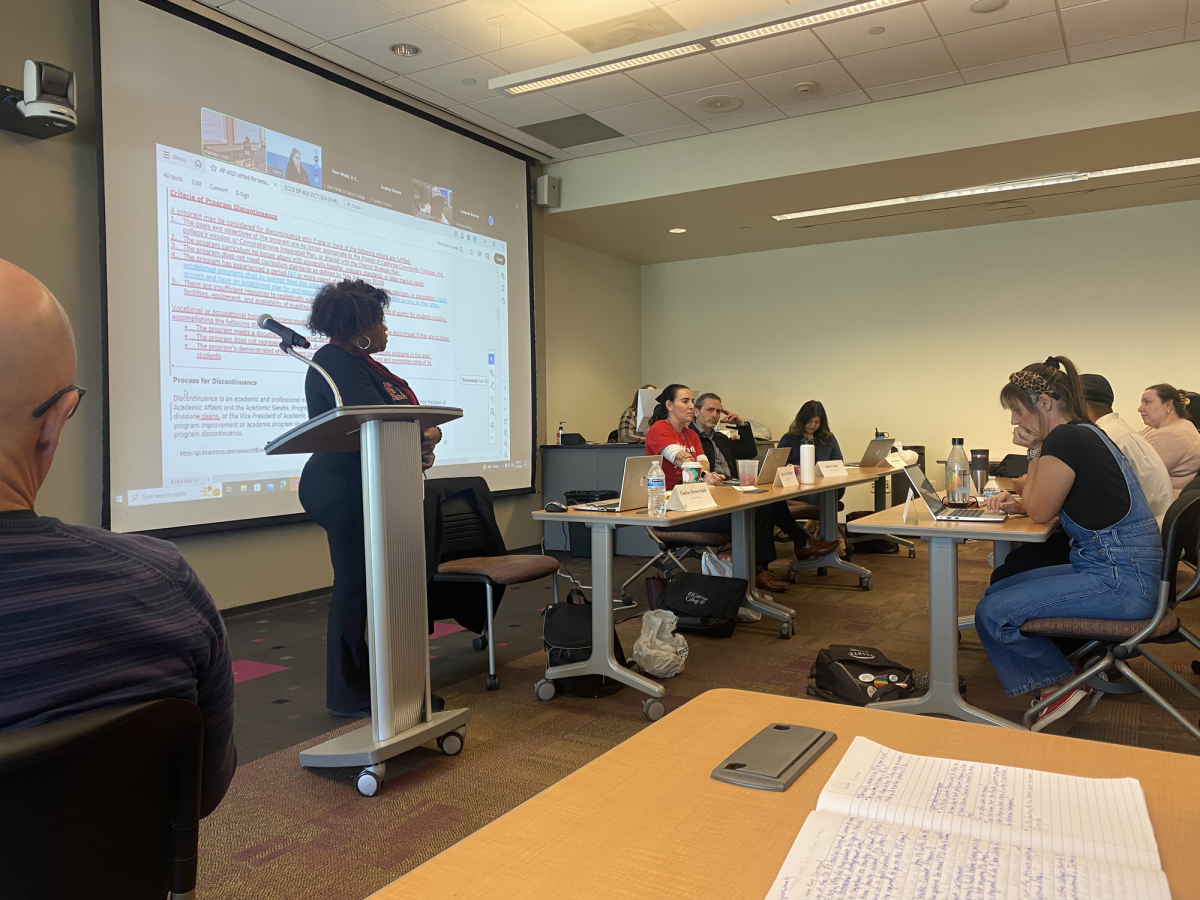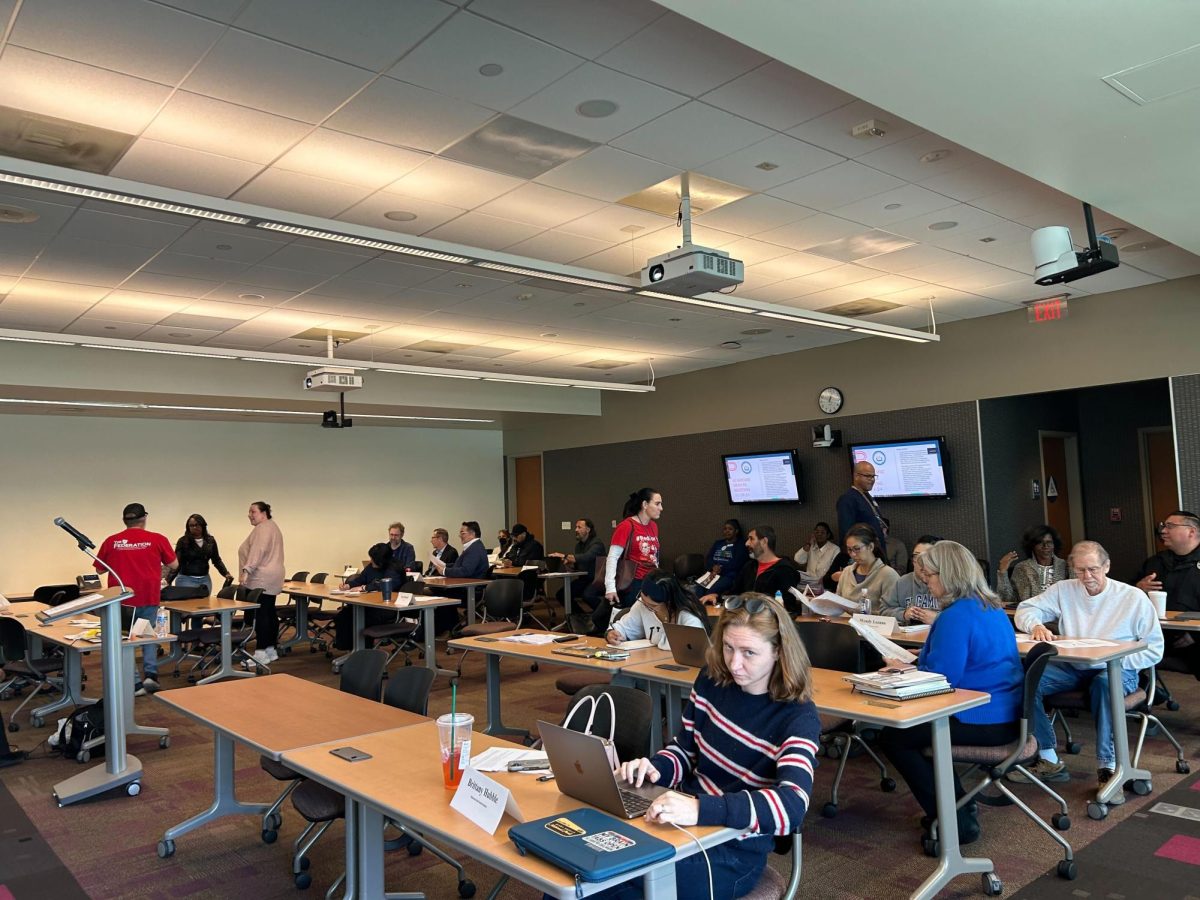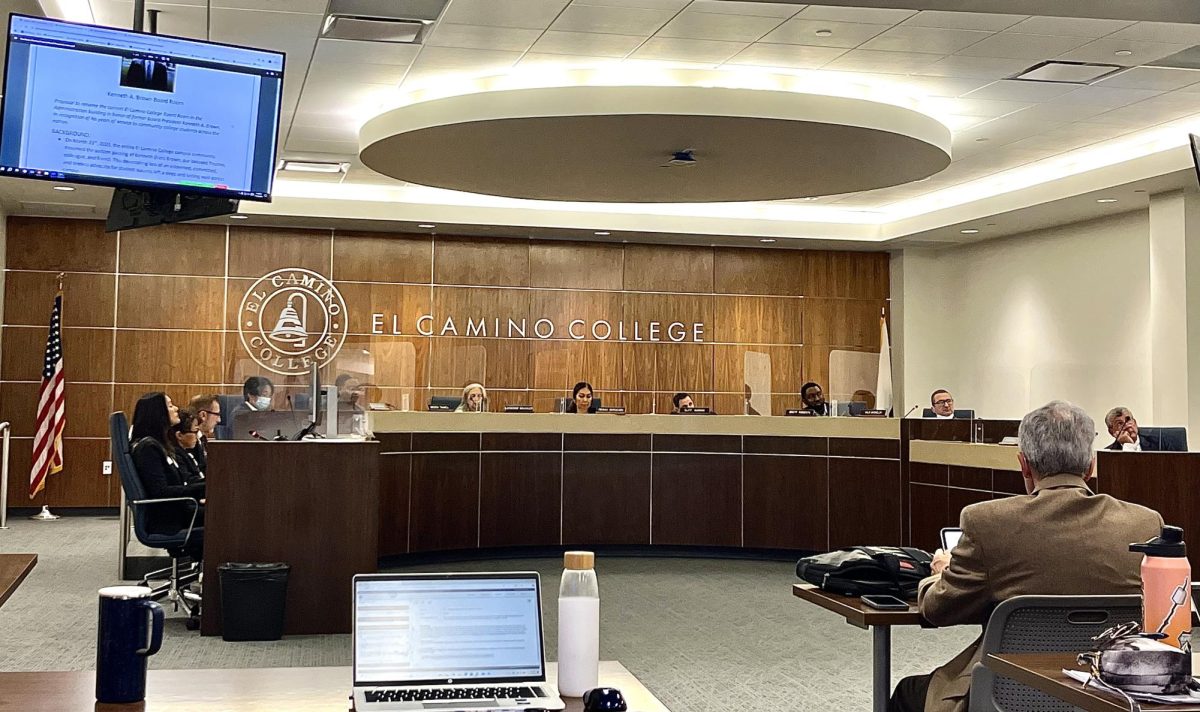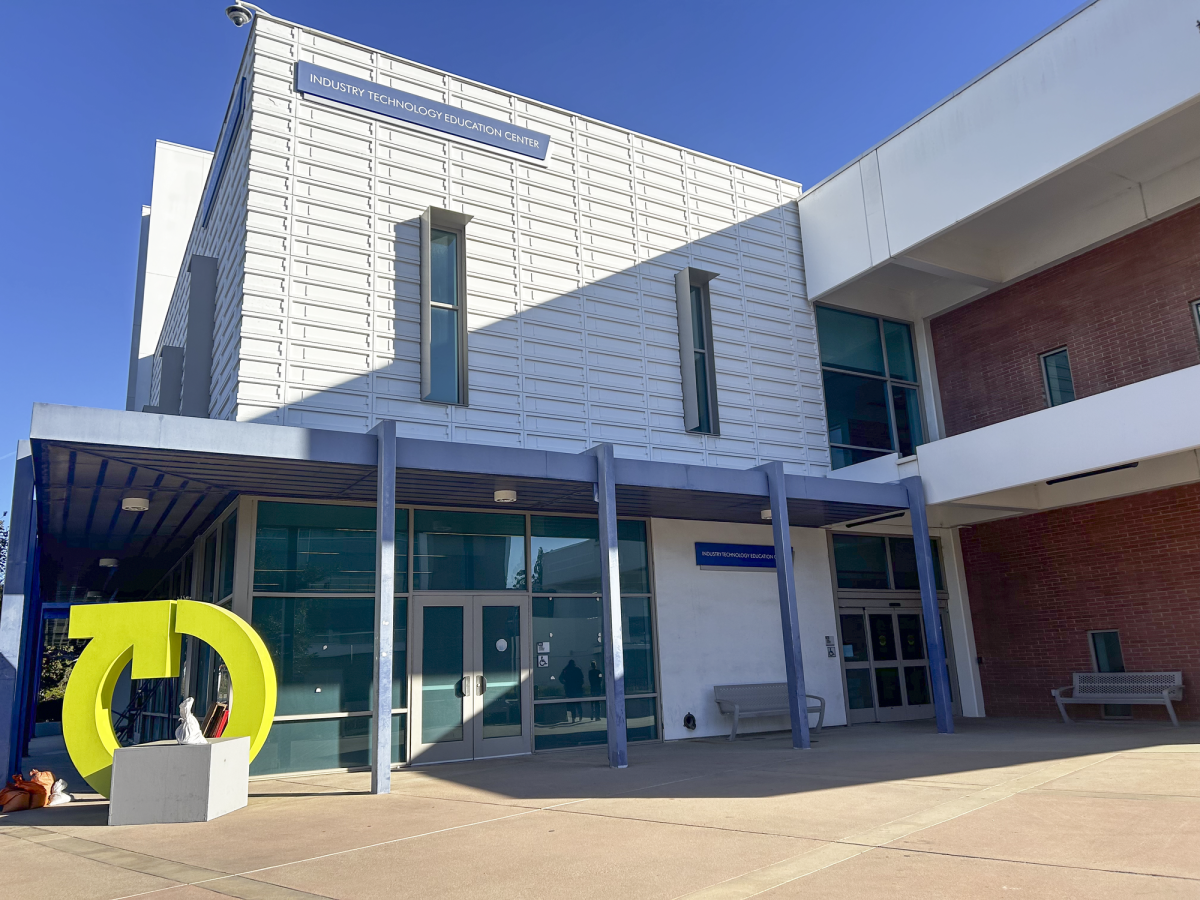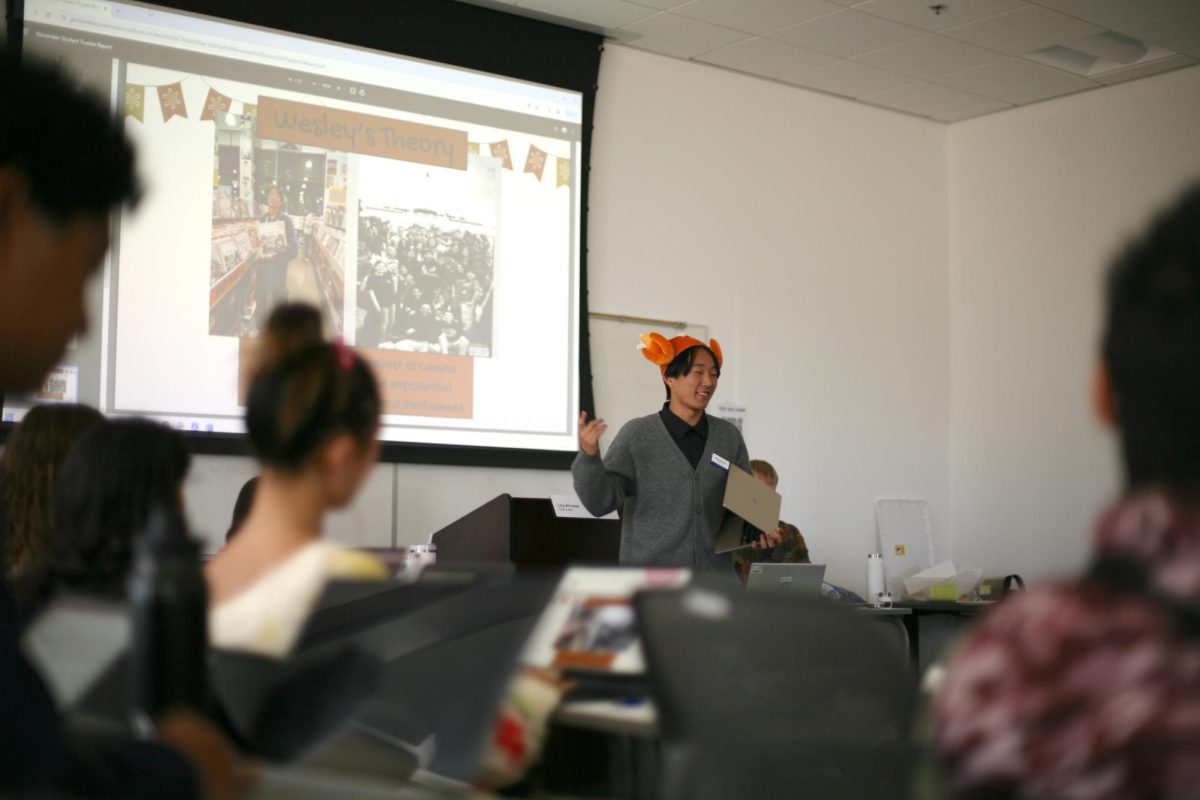For the average student who is straight out of high school, entering the college scene could be a scary thing.
“Two of my biggest hardships, would probably be my transition from high school to college…my second would be time management,” Jaren Williams, 21 communications major said.
Starting off college could be like entering the twilight zone for some people. Williams is just one of many students who can provide an example on what it’s like to be a college student.
Williams has experienced the college transition first hand. It took him two years to gather enough units to transfer this fall 2017 and plans to attend Morehouse College located in Atlanta, Georgia.
Some students move away to universities, and others have no choice but to join the workforce earlier than expected.
Jaren Williams, found himself in need of a part-time job as he was beginning his college career.
Williams had friends who were school ambassadors. These are students whose jobs are to connect students and visitors to El Camino College staff, faculty, programs and services.
Student ambassadors, are hired as representatives for El Camino College and are always willing to help. In Williams’ case, these friends are who helped him get his first job.
With practically no experience at all, his friends helped create his resume and he was hired as an ambassador by Idania Reyes, director of the Student Equity Program.
The SEP provides programs and services to ensure that all students have the opportunity to succeed academically, Reyes said.
“The fix (improving student graduation rates) is getting the student to use the resources on campus,” Reyes said.
From 2010-2015, 47.8 percent of students who have attended El Camino graduated during those school years, according to the 2017 Student Success Scorecard.
The Student Success Scorecard, is an overall data converter used to compare rates of colleges over the years and is used as a basis to increase transfer, degree and certificate attainment.
Irene Graff, director of the El Camino Institutional Research Department, specializes in gathering all the college’s information from a data base compiled from admissions and records that provides representation of the data for the public.
“Our goal is to improve trends,” Graff said.
Williams, is aware of the struggles students may face when trying to earn an education. He is involved on campus to help students figure out a solution when they encounter a problem.
Even though Williams has grown a stronger character and represented good work ethic, he had to learn from his mistakes and take advantage of the resources that were provided on campus in order to finally graduate.
Los Angeles Harbor College has a completion/graduation rate of 38.2 percent and is comparable to that of Long Beach City College, which does not fall off to far of the spectrum at 38.7 percent, according to the California Community College Chancellor’s website as of 2017.
Jennifer Holmgren, planning system analyst at Long Beach City College, collects the data and explained reasons for why completion rates remain at a constant from most local schools.
“There is a long list of reasons that would contribute, a lot of students work full-time and it can take longer to complete,” Holmgren said.
Santa Monica College has a high rate of 50.2 percent completion rate as opposed to East Los Angeles College that is at 40.2 percent, according to cccco.edu.
Hannah Lawler, a Santa Monica College dean, gets to witness and experience the different types of students who walk across campus. Some achieve higher goals than others, and complete them at their own pace.
“Most students take six years to get a degree or transfer,” Lawler said. We look at students and track six years forward.”
Although Williams is set to graduate this semester, he has decided not to walk during graduation and has come to the conclusion that he will work it because he is an ambassador.
Reyes contributes to a lot of Williams’ experience as an ambassador. She hired him, and makes sure students receive the best amount of benefits from the resources offered at El Camino.
“The Student Success Act of 2012 really helped colleges around the state to really focus on the three core services of getting students through the pipeline [graduation],” Reyes said.
The Student Success Act of 2012 was an act signed by Gov. Jerry Brown which aimed at improving educational outcomes for students at California Community Colleges and better preparing them for the workforce in the changing economy.
“It could be done,” Williams said. “It’s just up to you.”



